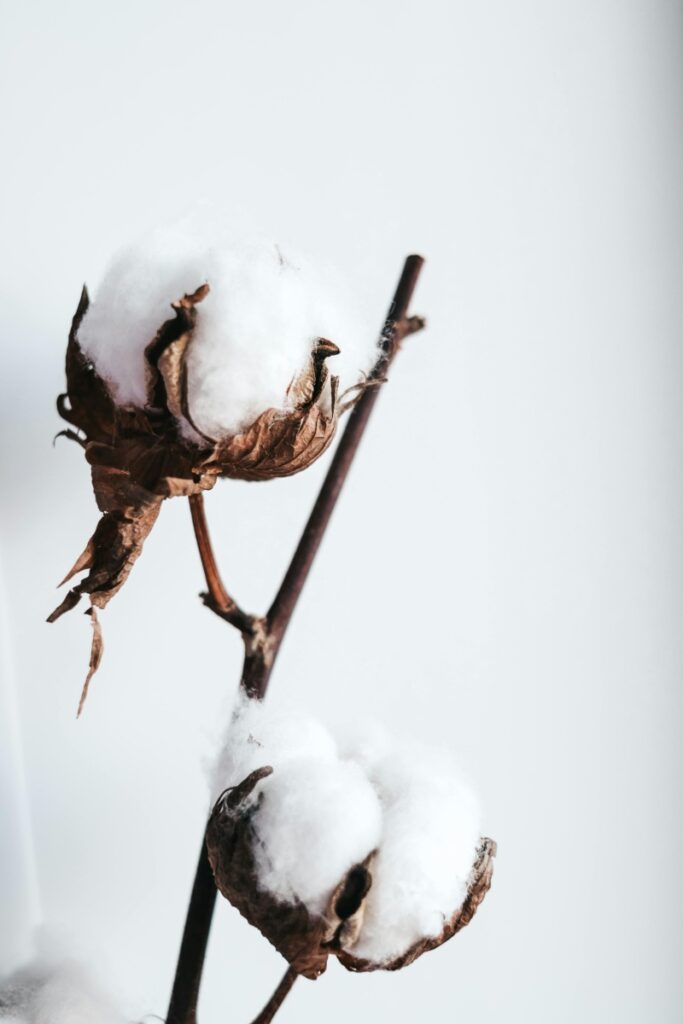When we think about knitwear, we often focus on the joy of creating something beautiful and the cozy comfort that knitwear provides. However, there is a connection between biodiversity and the materials we choose for our knitwear projects that we often overlook. The yarn we select can have a significant impact on the environment and the preservation of biodiversity. In this article, we will explore the relationship between biodiversity and knitwear materials and discuss how conscious choices in yarn selection can contribute to preserving biodiversity.
Understanding Biodiversity
Before we delve into the connection between biodiversity and knitwear materials, let’s first understand what biodiversity is. Biodiversity refers to the variety of life on Earth, including the diversity of species, ecosystems, and genetic variation within species. It is the intricate web of life that sustains our planet and provides us with essential resources and services.
The Impact of Yarn Production on Biodiversity
The production of yarn can have both positive and negative impacts on biodiversity. Traditional yarn production methods often involve the use of synthetic fibers derived from non-renewable resources, such as petroleum. The extraction and processing of these resources can contribute to habitat destruction, pollution, and climate change, all of which have detrimental effects on biodiversity.
However, there is a growing movement towards sustainable and eco-friendly yarn options. Many yarn manufacturers now offer yarns made from natural fibers that are derived from renewable resources. These fibers include organic cotton, linen, hemp, bamboo, and wool from ethically raised animals. Choosing yarns made from these sustainable materials can help reduce the environmental impact of knitwear and support the preservation of biodiversity.
Organic Cotton and Biodiversity
Organic cotton is one of the most popular choices for eco-conscious knitters. Unlike conventional cotton, which is grown using synthetic pesticides and fertilizers, organic cotton is cultivated without the use of harmful chemicals. This organic farming method helps to protect soil health, conserve water, and preserve biodiversity.
By choosing organic cotton yarn, knitters can contribute to the preservation of biodiversity in several ways. Firstly, organic farming practices promote healthy soil ecosystems, which are essential for supporting diverse plant and animal life. Secondly, the absence of chemical pesticides and fertilizers reduces the risk of water pollution, protecting aquatic ecosystems and the species that depend on them. Lastly, supporting organic cotton production encourages farmers to adopt sustainable practices, which can have a positive ripple effect on the surrounding environment.
Ethically Sourced Wool and Biodiversity
Wool, a natural fiber derived from sheep, has been used in knitwear for centuries. However, not all wool is created equal when it comes to biodiversity conservation. The way wool is sourced can have a significant impact on the welfare of animals and the preservation of biodiversity.
Ethically sourced wool comes from sheep that are raised in humane conditions, with access to pasture and proper care. These sheep are not subjected to mulesing, a controversial practice that involves removing strips of skin from the sheep’s hindquarters to prevent flystrike. By choosing yarns made from ethically sourced wool, knitters can support animal welfare and contribute to the preservation of biodiversity by encouraging responsible farming practices.
One key aspect of biodiversity preservation related to wool production is the land management practices associated with sheep farming. Ethical wool sourcing often involves rotational grazing, where sheep are moved between different pastures. This method not only prevents overgrazing in specific areas but also allows the land to regenerate and maintain a more diverse ecosystem. Biodiversity is supported as different plant species can thrive in varying conditions, providing habitats for various insects and small animals.
Additionally, the use of responsible and sustainable farming practices, such as avoiding overgrazing and maintaining healthy pasturelands, contributes to soil conservation. Healthy soils are crucial for the preservation of biodiversity, as they provide a foundation for diverse plant life, which, in turn, supports various animal species. Soil health is intrinsically linked to the overall health of ecosystems, and sustainable wool farming practices play a role in maintaining this delicate balance.
Furthermore, ethical wool production can involve efforts to reduce the environmental footprint associated with sheep farming. This includes initiatives to minimize water usage, manage waste responsibly, and decrease the reliance on harmful chemicals. By supporting yarns made from wool produced with such considerations, knitters actively participate in the encouragement of sustainable practices within the wool industry, positively impacting both animal welfare and environmental conservation.
As the demand for ethically sourced wool grows, it sends a powerful message to the industry, prompting more farmers and producers to adopt environmentally friendly and humane practices. This, in turn, fosters a more sustainable and biodiversity-friendly approach to wool production, creating a positive cycle that benefits both ecosystems and the welfare of animals. Everyone involved in using Wool, through their choices, become advocates for responsible and ethical practices in the wool industry, contributing to a more harmonious coexistence between textile production and the natural environment.
Sustainable Plant Fibers and Biodiversity
In addition to cotton and wool, there are other sustainable plant fibers that can be used in knitwear, such as linen, hemp, and bamboo. These fibers are derived from renewable resources and require fewer pesticides and fertilizers compared to conventional crops. By choosing yarns made from these plant fibers, knitters can reduce the environmental impact of their projects and support the preservation of biodiversity.
Linen, for example, is made from the flax plant and has a lower water and pesticide footprint compared to cotton. Hemp is a versatile and resilient fiber that requires minimal water and grows quickly without the need for pesticides. Bamboo, a rapidly renewable resource, is known for its softness and breathability. By opting for these sustainable plant fibers, knitters can contribute to the conservation of biodiversity by reducing the demand for resource-intensive materials.
Moreover, the cultivation of these alternative plant fibers often involves environmentally friendly farming practices. Linen, derived from the flax plant, is particularly notable for its ability to thrive in poor soil conditions, requiring minimal water and fewer pesticides compared to cotton.
Hemp, known for its versatility and durability, is an eco-friendly option in the world of fibers. Hemp plants grow rapidly and densely, naturally suppressing weeds and reducing the need for herbicides. Additionally, hemp cultivation typically requires minimal irrigation, making it a water-efficient choice compared to some other crops used in the textile industry.
Bamboo, with its rapid growth and regenerative properties, is gaining popularity as a sustainable fiber choice. Bamboo plants require minimal water, grow quickly without the need for pesticides, and can be harvested without uprooting the entire plant, allowing for continuous growth. The softness and breathability of bamboo fiber make it a comfortable and eco-conscious option for knitters who prioritize sustainability.
By embracing these sustainable plant fibers, knitters not only diversify their material choices but also actively participate in promoting more environmentally friendly and responsible consumption. The reduced reliance on resource-intensive materials like conventional cotton or synthetic fibers helps lessen the environmental impact associated with textile production.
Furthermore, the cultivation of these alternative fibers can contribute to rural development in various regions. Many of these plants can be grown in different climates, providing economic opportunities for farmers and promoting agricultural diversity. This holistic approach aligns with the principles of sustainability, as it considers the environmental, social, and economic aspects of fiber production.
In conclusion, the expansion of material choices beyond traditional cotton and wool to include sustainable plant fibers like linen, hemp, and bamboo represents a positive step toward a more eco-conscious and biodiversity-friendly approach to knitting. Knitters play a pivotal role in driving demand for these sustainable options, fostering a shift toward a more sustainable and environmentally responsible textile industry.
Conclusion
Knitwear is not just a creative hobby; it is also an opportunity to make conscious choices that can positively impact biodiversity. By selecting yarns made from sustainable and eco-friendly materials like organic cotton, ethically sourced wool, and sustainable plant fibers, knitters can contribute to the preservation of biodiversity. These choices support responsible farming practices, reduce the use of harmful chemicals, and minimize the environmental impact of yarn production. So, the next time you embark on a knitwear project, consider the connection between biodiversity and your choice of materials. Together, we can create beautiful knitwear while also protecting the diverse web of life that sustains our planet.



